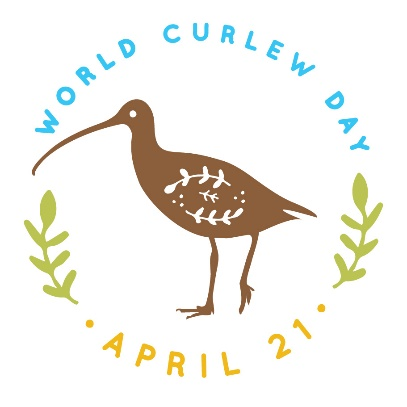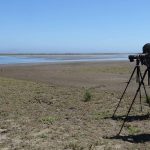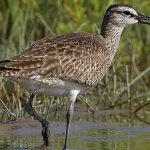“First the male would spring suddenly into the air and hover on quivering wings while he sang the clear, rolling, mating song… he would rise almost straight upward… until he was a couple of hundred feet above the prairie. There he would hover again, singing louder…Then he would close his wings and dive straight toward her, swerving upward again in the last few feet…”
This is how Fred Bodsworth described the display of the male Eskimo Curlew Numenius borealis in the “Last of the Curlews”. Whether real or imagined, we will probably never know. To quote the back cover, “Fred Bodsworth writes from a sympathetic understanding for this lovely bird, now all but destroyed by man’s urge to hunt and kill”. Those words, written in 1954, have proven prophetic, both for the Eskimo Curlew and the Slender-billed Curlew N. tenuirostris. There have been no documented sightings of either species for decades, and both are assumed extinct. Of the remaining six species of curlew Numenius, three are considered globally at risk of extinction according to the IUCN Red List. These are the Eurasian N. arquata, Bristle-thighed N. tahitiensis, and Far Eastern N. madagascariensis.
Within the Americas, the four regularly occurring species of curlew are all considered of conservation concern. Eskimo Curlew is listed Endangered in both Canada and the USA, while the US Shorebird Conservation Plan considers the Bristle-thighed Curlew to be of “Greatest Concern”, and Whimbrel N. phaeopus and Long-billed Curlew N. americanus as “High Concern”.
Curlews are iconic birds of wild, wet, evocative places – estuaries, mountain slopes, moorland, meadowland and coast. They have inspired poets, artists, musicians and writers for generations. They have given us so much, yet we are allowing them to slip away as we change their habitats and fail to protect them from predation, disturbance and in some places, hunting.
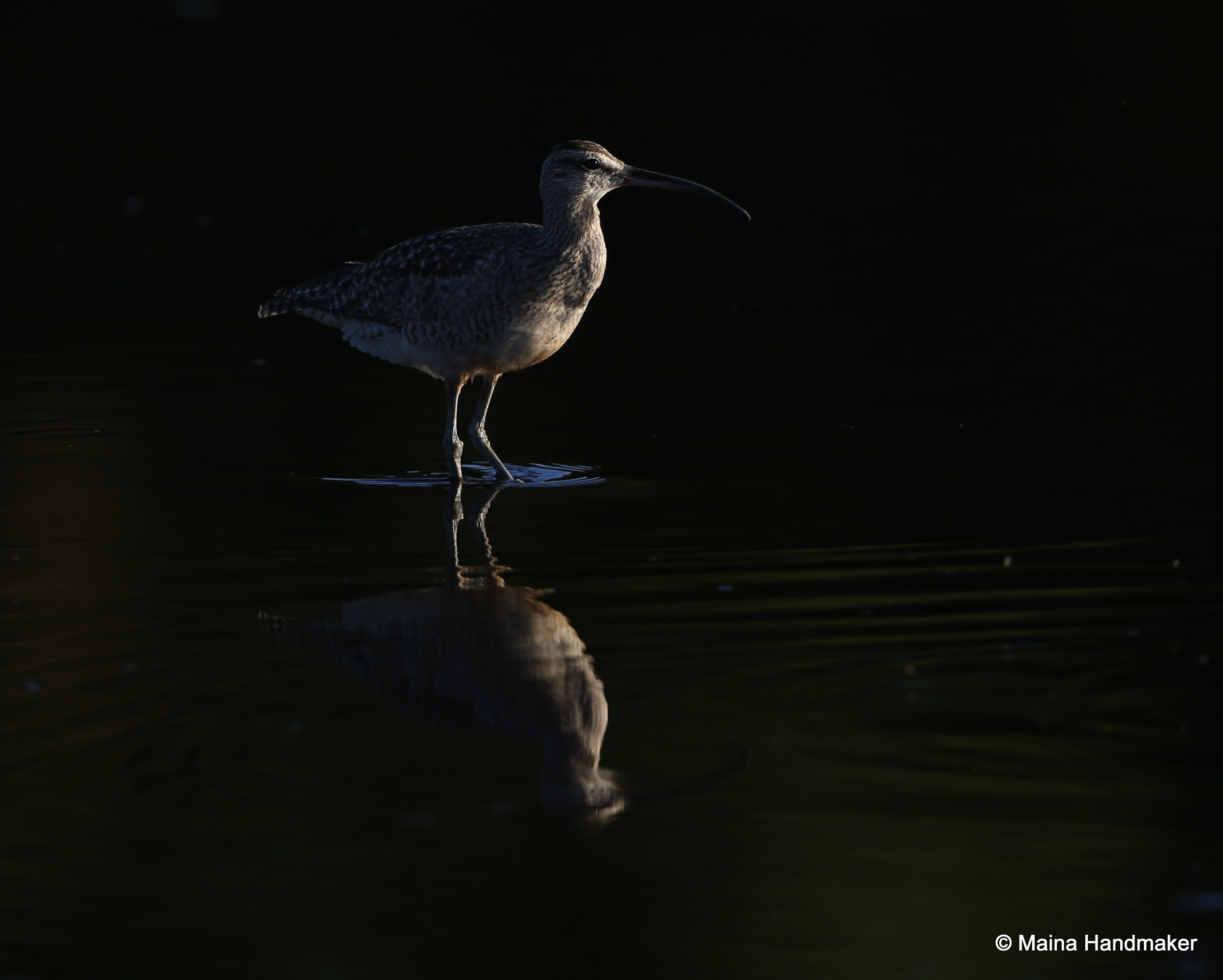
A member of the curlew family, this Whimbrel (Numenius Phaeopus) soaks up the day’s last light on Chiloé Island, Chile. Photo: Maina Handmaker.
April 21 is designated as World Curlew Day. It is a grass-roots initiative, supported by major environmental organizations, to raise awareness of the plight of curlews and to encourage activities to help them. Please consider organizing on event on April 21 to raise awareness of the plight of curlews, and post it on the Twitter: @WCDApril21 or World Curlew Day Facebook page: https://www.facebook.com/WCDApril21/
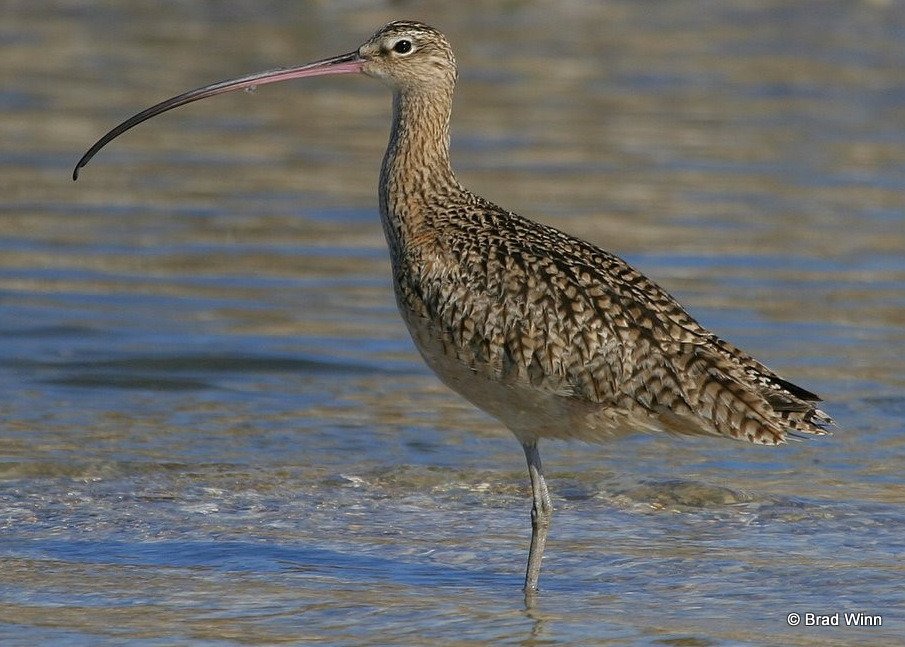
Long-billed Curlew (Numenius americanus) at WHSRN’s 100th site, the Georgia Barrier Islands. Photo: Brad Winn.
For further information:
For a summary of issues affecting all curlew species please see: http://www.cms.int/sites/default/files/document/COP11_Inf_33_Conservation_Statements_for_Numeniini_Species.pdf
For information on the North American populations of Whimbrel:
https://docs.wixstatic.com/ugd/b69337_778dd1136afa4f94ae14064d0a8aa36f.pdf
For the Long Billed Curlew:
https://www.fws.gov/migratorybirds/pdf/management/focal-species/Long-billedCurlew.pdf
